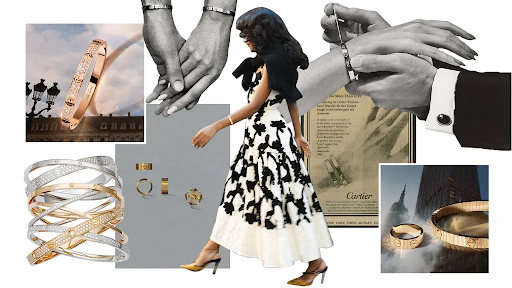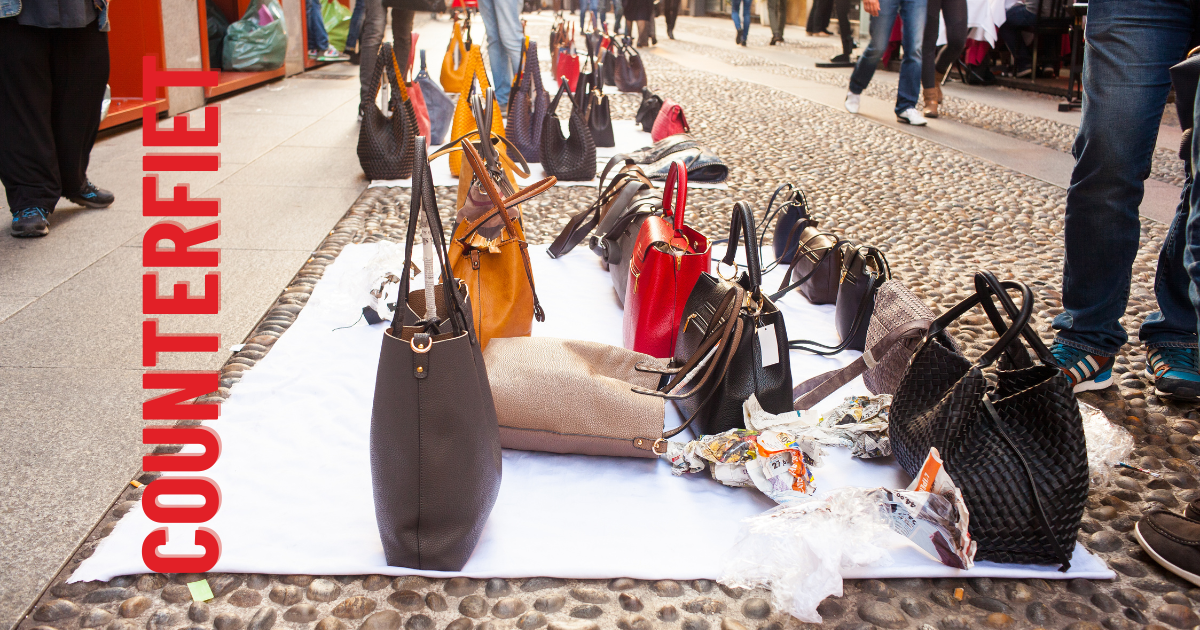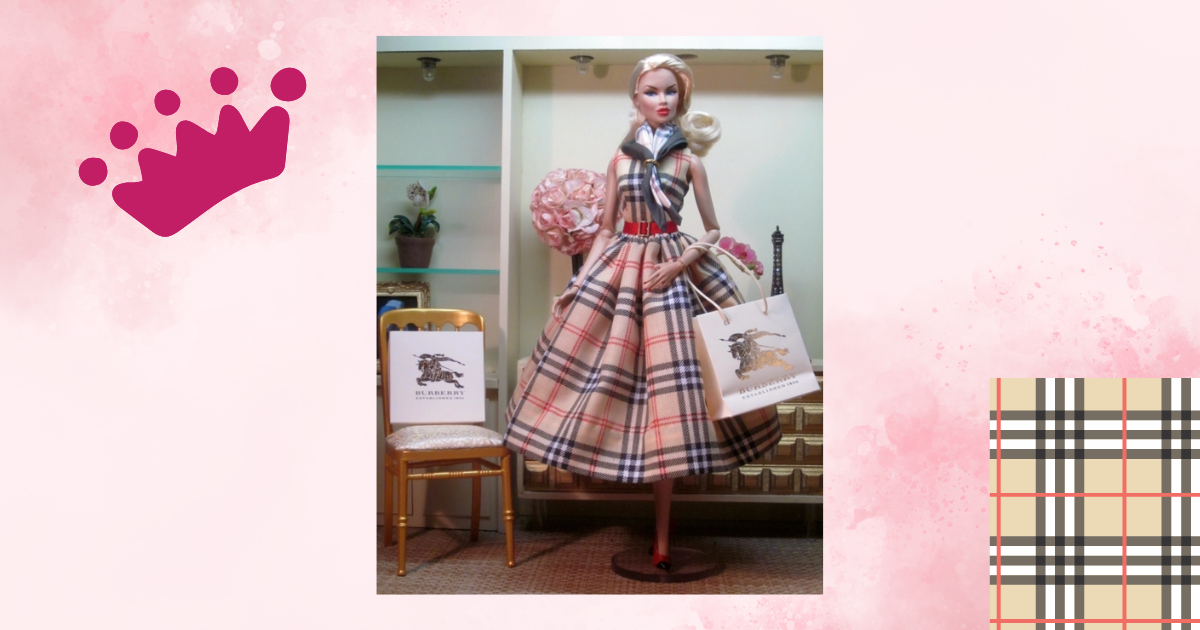In a collision of fashion and law, the highly anticipated Barbie film starring Margot Robbie and Ryan Gosling has encountered an unexpected obstacle. Vietnam’s state-run newspaper, Tuoi Tre, reported that the film’s release has been barred due to the presence of an “offending image” – the nine-dash line. This incident highlights the sensitivity surrounding territorial disputes in Southeast Asia, particularly Vietnam. Exploring the significance of the nine-dash line and its representation in the film, we delve into the intricate relationship between fashion, politics, and the power dynamics at play.
The Nine-Dash Line – Mapping Territorial Claims and Controversies
The South China Sea has been a hotspot for territorial disputes throughout history. At the center of these conflicts lies the contentious nine-dash line, an ambiguous demarcation used by China to assert its claims in the region. Stretching from the coast of Hainan Island, China, it encircles the Spratly Islands, intruding upon the territories claimed by Vietnam, Malaysia, the Philippines, and others. Despite China’s persistent promotion of the line, its true extent and nature remain vague, creating tensions with neighboring nations and the international community.
The Legal Battle and International Rebuttal
The international community, including countries like Australia, France, Indonesia, Malaysia, New Zealand, the Philippines, the United Kingdom, and Vietnam, have challenged China’s assertions regarding the nine-dash line. In 2016, a United Nations Law of the Sea Convention Tribunal ruled unanimously that China’s claim lacked a basis in international law. However, China rejected the ruling and continues to assert its rights in the South China Sea through actions such as the construction of artificial islands, harassment of foreign vessels, and publication of maps reinforcing the nine-dash line claim.
The Intricacies of Fashion and Political Sensitivities
Fashion has always had the power to convey messages, ignite conversations, and challenge social norms. The inclusion of the nine-dash line in the Barbie film raises questions about the intersection of fashion, politics, and national sensitivities. Maps, as symbolic representations of territory, hold great meaning and evoke strong emotions. In Vietnam’s response to Hollywood’s portrayal of the nine-dash line, we witness a resolute resistance to granting any legitimacy to China’s claims, even in the fictional realm of Barbie.
The Barbie Film Controversy – A Clash of Narratives
The controversial depiction of the nine-dash line in the Barbie film serves as a microcosm of the broader power dynamics at play. The film’s producers maintain that the map was a child-like crayon drawing, not intended to make any political statement. Yet, the Vietnamese government’s decision to bar the film’s release underscores the deep-rooted sensitivity surrounding the territorial disputes in the South China Sea. This clash of narratives reveals the complex interplay between artistic expression, national identity, and geopolitical tensions.
The interweaving of fashion and law in the Barbie film controversy provides a captivating lens through which we can explore the multifaceted nature of territorial disputes and their impact on society. The incident highlights the underlying power dynamics that influence fashion’s ability to challenge political narratives and provoke reactions. As fashion continues to evolve as a platform for social and political commentary, it is crucial to navigate the fine line between creative expression and sensitivity to national identity. The Barbie film’s controversy reminds us of the enduring significance of maps, both in defining territorial claims and shaping national sensitivities, ultimately revealing the intricate relationship between fashion, law, and the quest for sovereignty.

















